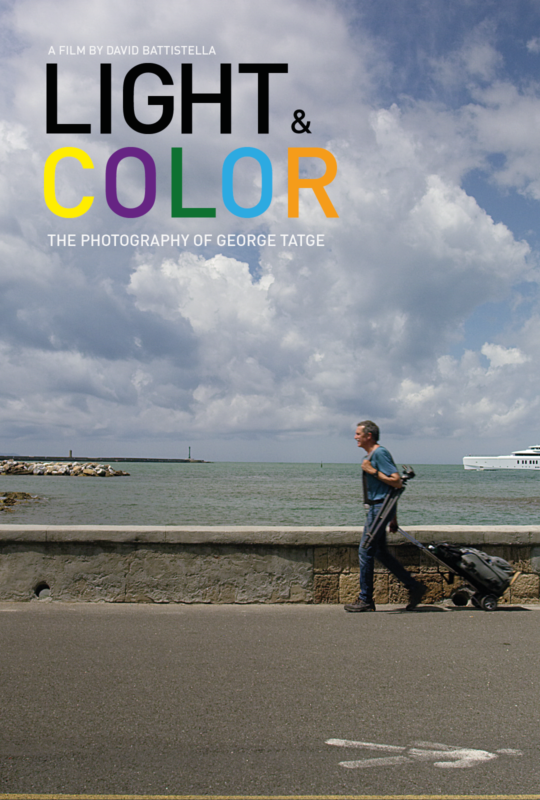
The film was amazing—beautiful cinematography and a story within a story very thoughtfully put together.Thanks so much for the introduction !!!
I was so impressed that the primary restorers were women – that it was a story about women on every level, and as such,
mysterious and human
and of course, nuanced.
It’s beautiful, and moving, and an ode to something incredible in Florence’s past. It’s both delicate and strong in its presentation – bravissimo.
We loved it. I was so impressed that the primary restorers were women — that it was a story about women on every level, and as such, mysterious and human and of course, nuanced. i am thrilled that we had the opportunity to see it.
beautiful cinematography and a story within a story…
very thoughtfully put together
We loved being there..
The movie was stunning! The restoration of the painting very interesting, and the history of all those babies, their lives and the really extraordinary collection of tales of each child.
The film was amazing—beautiful cinematography and a story within a story very thoughtfully put together.Thanks so much for the introduction !!!
We restore things to learn, and what I believe The Innocents of Florence teaches us is that there are no excuses. The Institute’s beginnings make up what we would now call a grassroots social movement.
LIGHT & COLOR
The Photography of George Tatge
DOCUMENTARY 26 minutes
Taking you on an intimate journey into George’s work, Battistella’s camera follows Tatge as he does the delicate dance of placing his tripod and manufacturing his frame. It’s a portrait and unique peek into a process that George has never or rarely shared, preferring to work alone for his entire career and rarely ever with an assistant.
Tatge’s expressive words and descriptions transport the viewer into the inner workings of his transformation into exploring color after composing images for presentation of his colorless but graphically powerful landscapes and portraits taken across Italy during an illustrious career.
A must-see film for art and photography enthusiasts or for anyone wanting to better comprehend the process of an artist who makes fine art photographs in this day and age of disposable digital imagery.
In 2012 filmmaker David Battistella was awaiting shipment of a brand new digital cinema camera. The first film he wanted to create with this digital marvel needed to be a recognition of celluloid film. He went searching and met with photographer George Tatge who was still producing images with his Deardorf View camera and 5×7 inch sheet film.
The two got to know each other and Battistella produced and directed ‘Light and Silver’: The photographic life of George Tatge, released in 2014.
The title refers to the chemical silver process required to produce black and white images and have them magically appear from a chemical and water solution.
The two men remained friends and the film screened from Las Vegas (as part of a special 4k film series) to Pordenone, Italy. The film was also screened as a special event at the Palazzo Touranbuoni Club in Florence where George and David had a live discussion about Analog vs. Digital photography with their respective cameras on display.
Flash forward to 2020 when George presented his first public displays of his color work, after 35 years of working in Black and White, with shows in Livorno and Pistoia. The moment Battistella saw the shows, he initiated the dialog with George to produce a second film, this time with the focus on George’s new photographic direction in a world of color.
And so, ‘Light and Color’ was born.
CAST
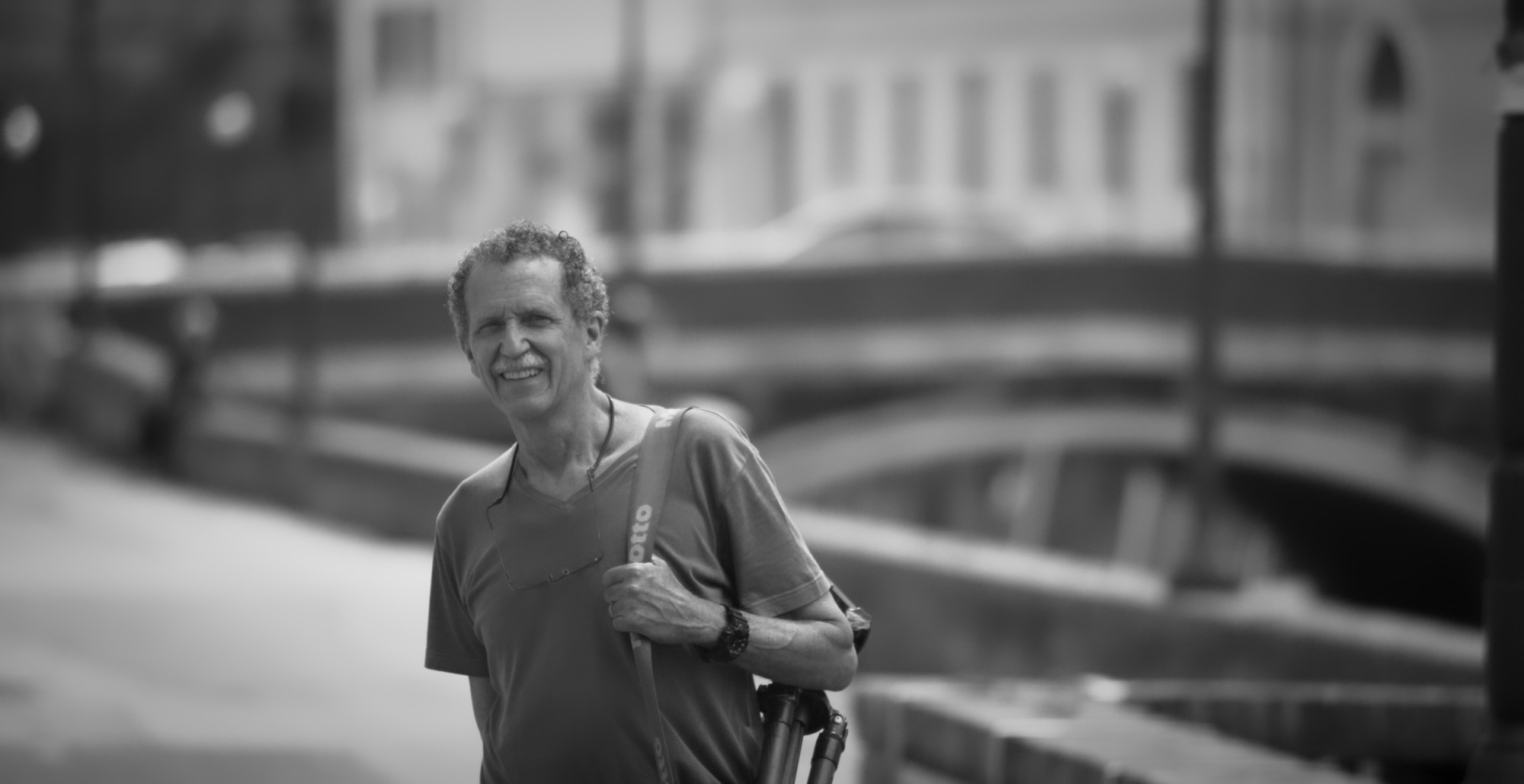
GEORGE TATGE
PHOTOGRAPHER
George Tatge was born in Istanbul in 1951 of an Italian mother and American father. He lived in Europe and in the Middle East most of his youth and studied English Literature at Beloit College in Wisconsin, where he also began photographing under the guidance of the Hungarian photographer Michael Simon.
In 1973 he moved to Italy where he worked in Rome as a journalist and then in Todi, Umbria, where he lived for 12 years working as a freelance photographer and writer (reviews for Art Forum). His first exhibition in Italy was in 1973 at the Diaframma Gallery in Milan. His first book, Perugia terra vecchia terra nuova, came out in 1984.
From 1986 to 2003 he was Director of Photography at the Alinari Archives in Florence.
ARTICLES
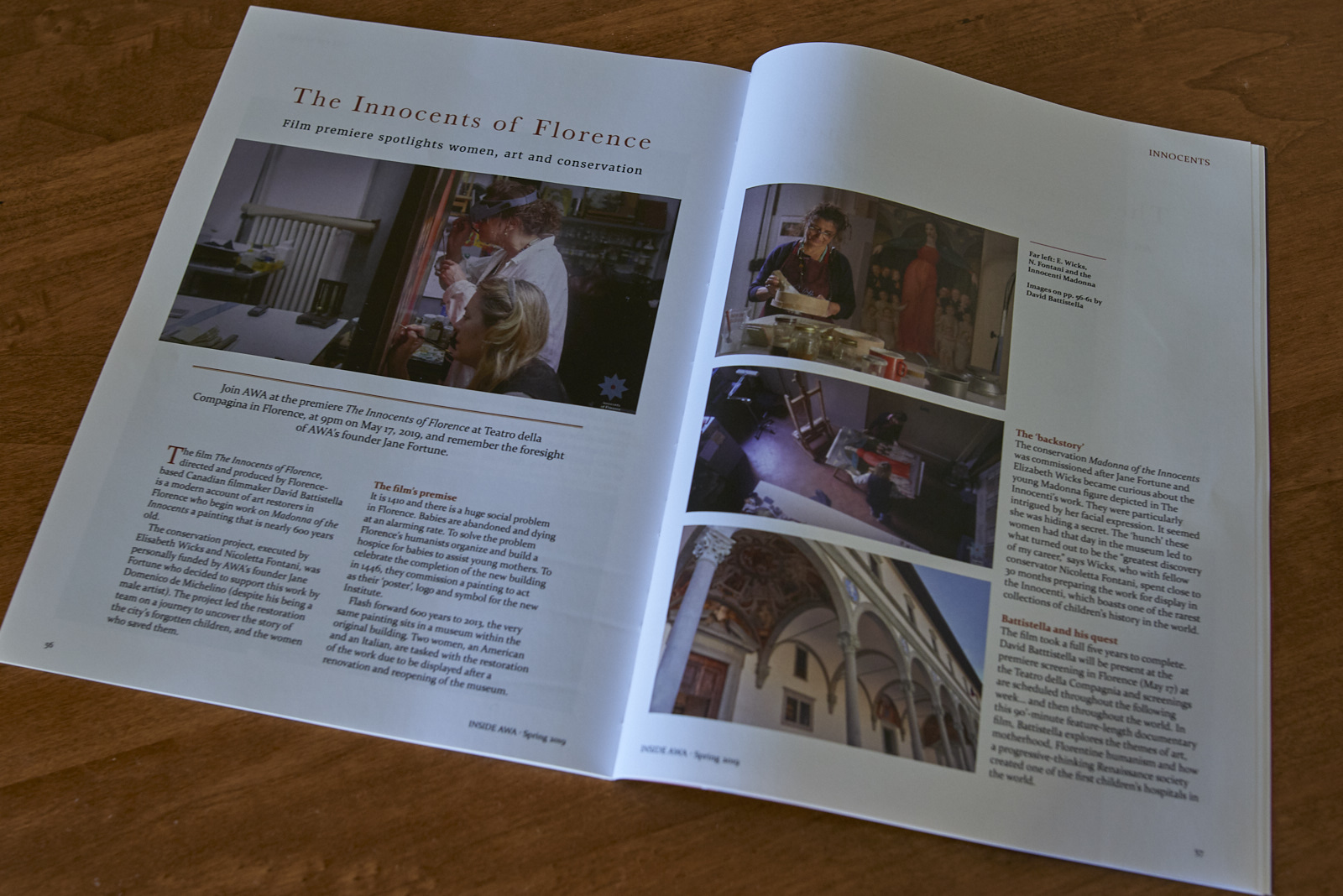
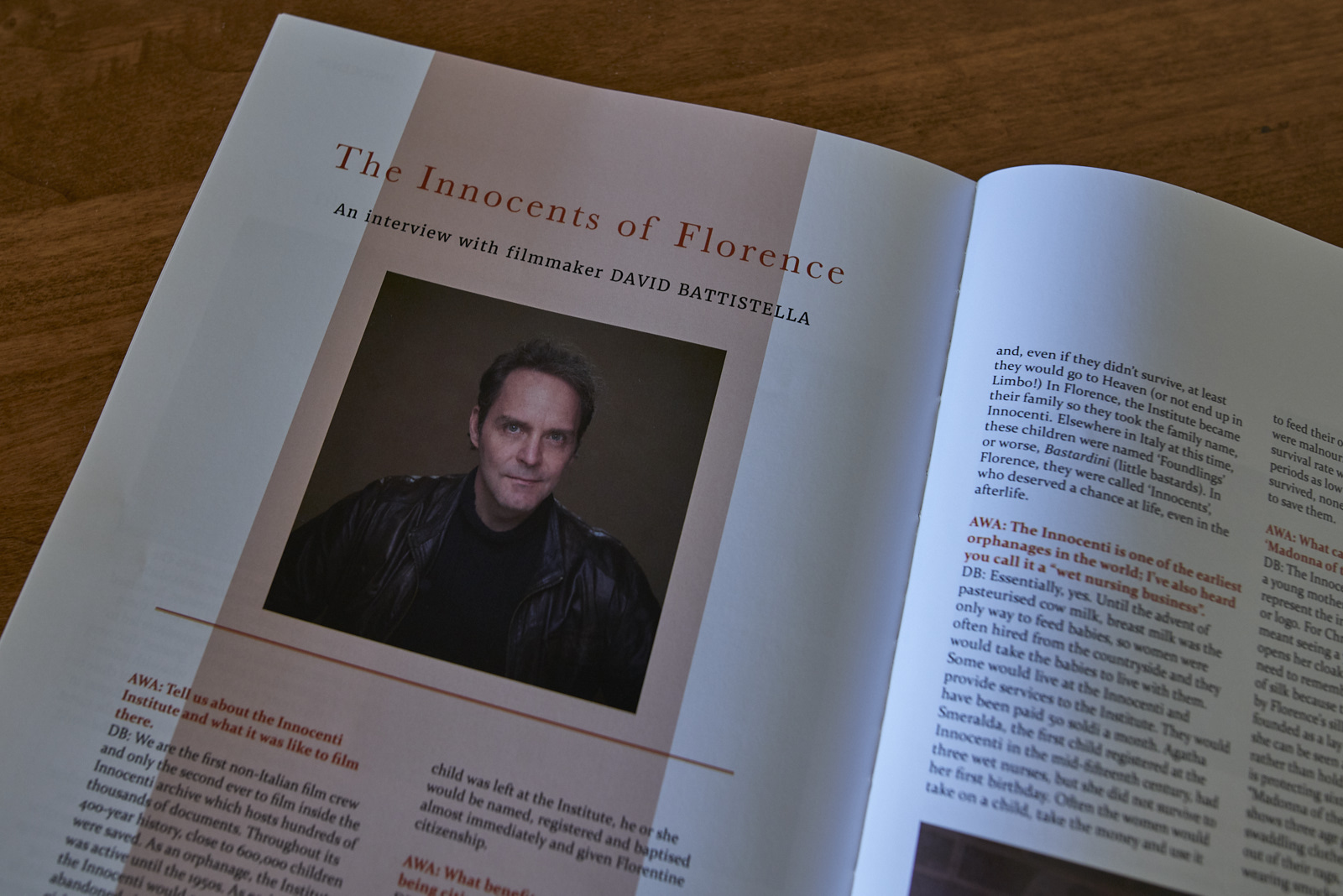
It’s 1410 and there is a huge social problem in Florence. Babies are abandoned and dying at an alarming rate. To solve the problem Florentine Humanists organize and build a hospice for newborns and to assist young mothers. To celebrate the completion of the new building in 1446, they commission a painting to act as their poster, logo and symbol for the new Institute. Flash forward 600 years to 2013, the very same painting sits in a museum within the original building. Two women, an American and an Italian, are tasked with the restoration of the work due to be displayed after the renovation and reopening of the museum.
The conservation of ‘Madonna of the Innocents’ was commissioned after Jane Fortune and Elizabeth Wicks became curious about the young Madonna figure depicted in the work at Florence’s Museum of the Innocents. They were particularly intrigued by her facial expression. It seemed she was hiding a secret. The ‘hunch’ these women had that day in the museum led to what turned out to be the “greatest discovery of my career,” says Wicks, who, with fellow conservator Nicoletta Fontani, spent close to 30 months preparing the work for display in the Innocenti, which boasts one of the rarest collections of children’s history in the world.
The film took a full five years to complete. David Battistella will be present at the premiere screening in Florence (May 17) at the Teatro della Compagnia and screenings are scheduled throughout the following week and in other cinemas this year. In this 90’ minute feature-length documentary film, Battistella explores the themes of art, motherhood, Florentine humanism and how a progressive-thinking Renaissance society created one of the first Children’s hospitals in the world. He tells this story through the restoration of a painting that was created as the banner for the Innocenti Institute in 1446.
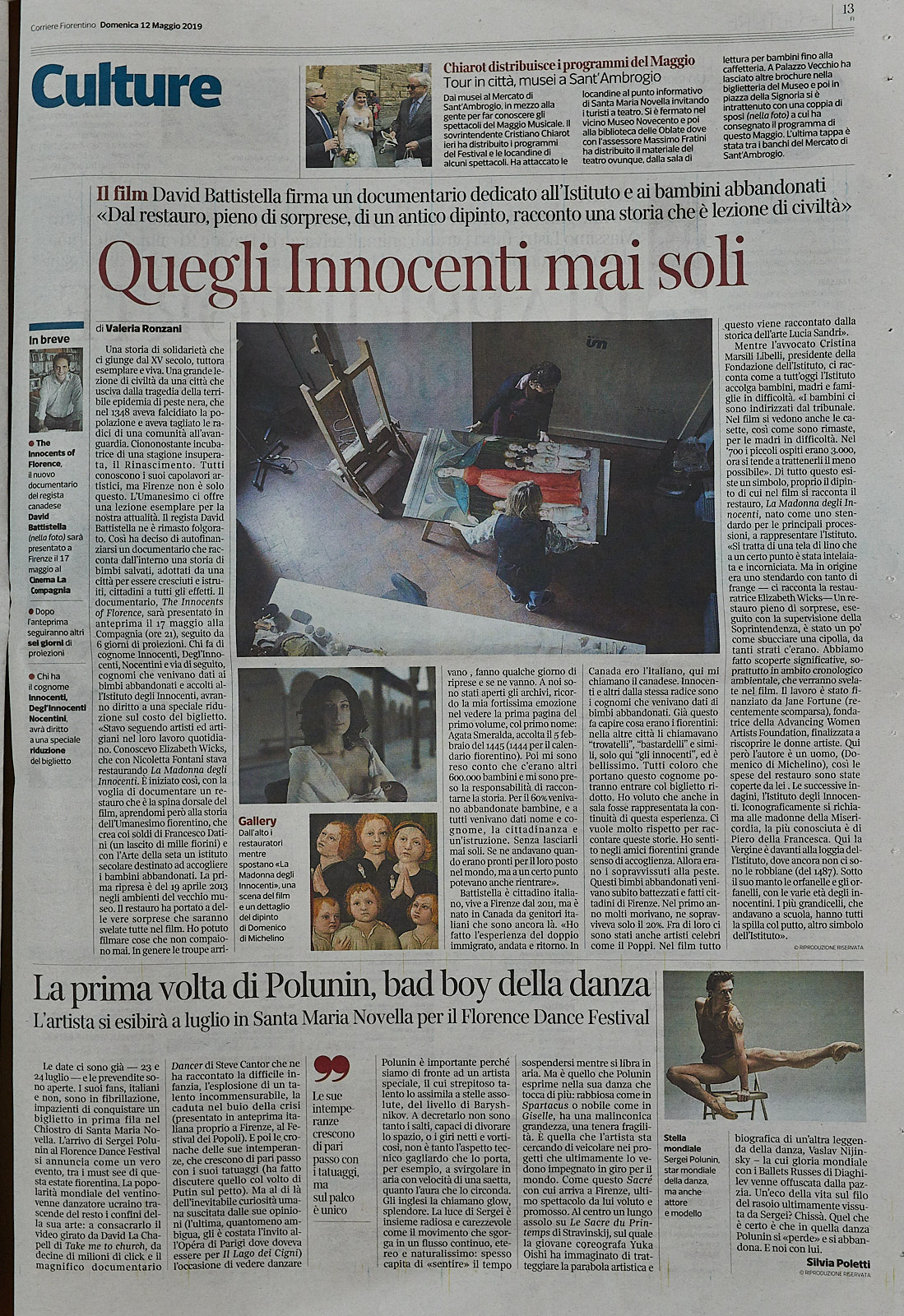

BACK TO HOME PAGE